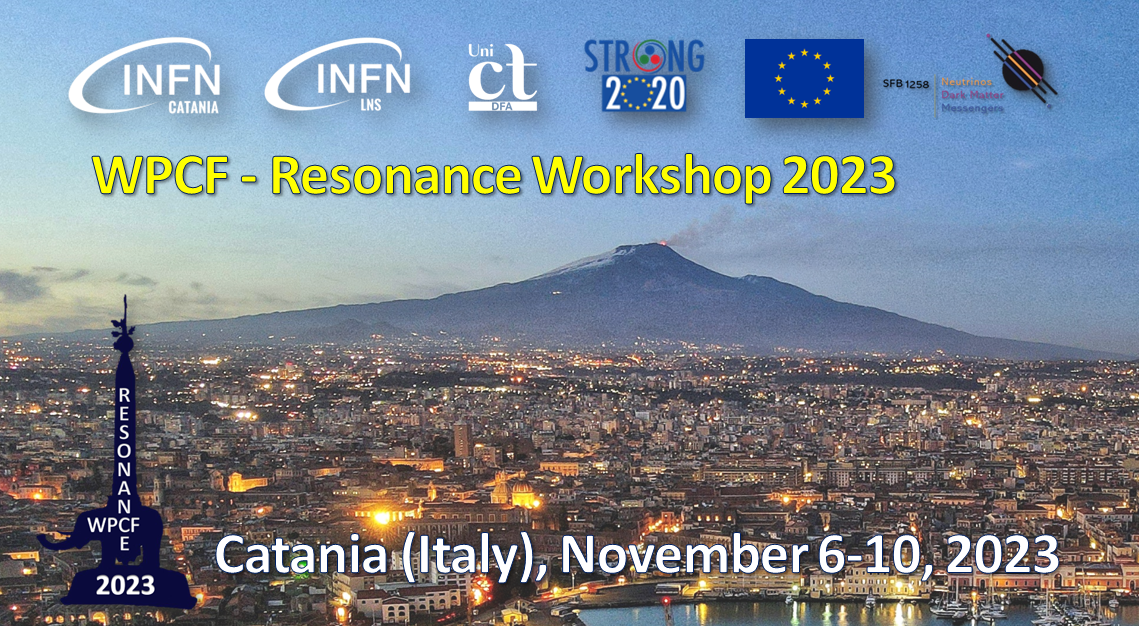Speaker
Description
Over recent decades, substantial attention has been directed toward the characteristics of hyperons in dense matter, particularly in the context of stars. Energetically, hyperons might exist in the inner layers of neutron stars, where the structural arrangement is notably influenced by the equation of state (EOS) describing nuclear matter at densities exceeding saturation. The inclusion of hyperons in the core causes the equation of state (EOS) to soften, resulting in neutron stars having masses lower than twice that of the Sun (2M). This enigmatic contradiction is commonly referred to as the ”hyperon puzzle in neutron stars”. Femtoscopy is an important technique for experimentally understanding hyperon-nucleon interactions within the two-body system by analyzing two-particle correlations in momentum space. This approach has solidified its reputation as a robust tool in deciphering parameters pertaining to strong interactions and lifetimes within the realm of heavy-ion physics. Femtoscopy provides the means to quantify the space time characteristics of the collision-generated system, despite its fleeting existence on the order of 10 −23 seconds and its confined scale on the femto-meter level (10 −15 meters).
Utilizing the HADES detectors, which form part of the GSI Helmholtz Center for Heavy-Ion Research in Darmstadt, Germany, the analysis focuses on experimental data from Ag-Ag heavy-ion collisions at an energy of 1.58 AGeV. To delve deeper into the realm of strong interactions, particles carrying strange quarks offer an ideal avenue. These include particles such as Λ (Lambda) and K0s (K-short). It’s worth noting that particles with strangeness are relatively scarce in heavy-ion collisions at the energy typical of the HADES experiment. To study these particles, Λ’s are reconstructed through the decay channel Λ → π- + p, which has a branching ratio of 64%. The selection of pions and protons relies on their distinct energy loss and time-of-flight characteristics. A significant aspect involves employing the off-vertex-decay technique, to reconstruct the secondary vertex. HADES has achieved a significant milestone by measuring the correlation function of p and Λ in a heavy-ion collision for the first time, accompanied by the disclosure of strong interaction parameters for distinct spin states. It is also found that the strong interaction induces a prominent peak in the correlation function and provides more sensitive source size measurements than pp correlations under some circumstances.

